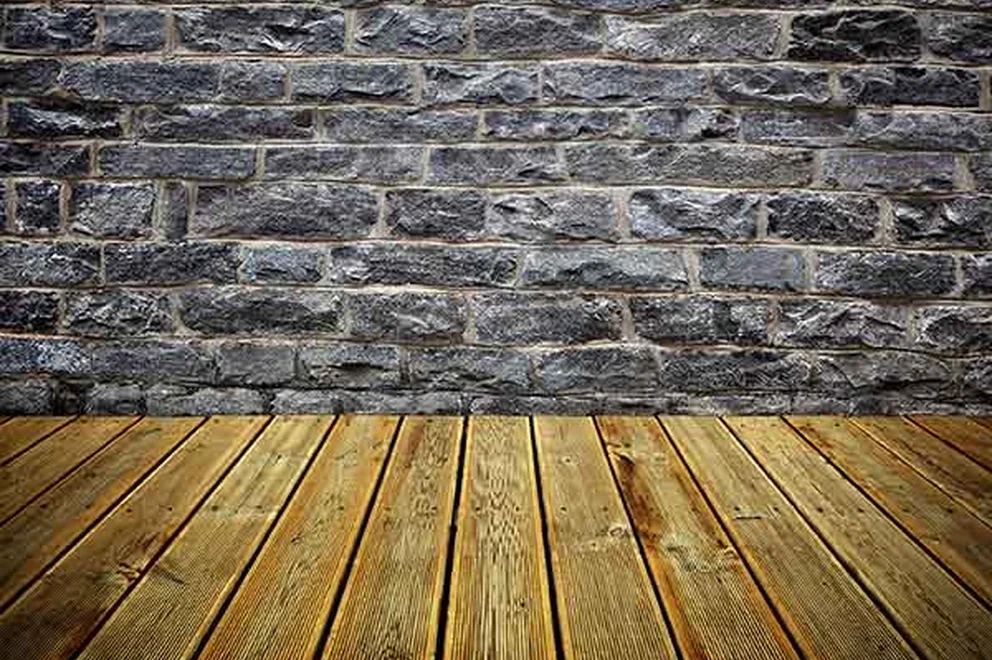A Sustainable Construction Dilemma: Concrete or Timber?
Fri 22 Feb 2013
Blog Author
Angela Tracey
Assistant Product Manager
Which is the more sustainable construction material: concrete or timber? We take a look and find that concrete may be more energy efficient than it looks.
Many manufacturers of construction products attempt to highlight the sustainable credentials of their materials. Ensuring that their materials are classified as ‘sustainable’ aids the conscience of architects when specifying materials.
Both concrete and timber are widely used in the construction of modern buildings. Various arguments boost the sustainable credentials of both materials.
In its favour, concrete acts as a heat store
In its favour, during the lifetime of a structure, concrete acts as a heat store. This enables cost savings to be made in energy requirements with a reduction in the need for heat generation, and subsequent reductions in the production of carbon dioxide, one of the gases which contributes to the greenhouse effect.
However, the manufacture of concrete creates large amounts of carbon dioxide. Consideration is required as to whether its heat store properties, subsequent savings due to reduced energy usage and the additional reduction of carbon dioxide negates the initial amount of carbon dioxide generated in its production.
A timber-framed building needs proportionally more generated heat
A further argument that boosts the sustainable credentials of concrete when compared with timber-framed structures is that timber-framed structures are less efficient in insulating a structure, due to the lower heat store capacity of timber when compared with concrete.
A timber-framed building would, therefore need proportionally more heat to be generated from an energy source, with the potential consequence of increased carbon dioxide production.
However, it is difficult to overlook the sustainable credentials of timber. The trees grown to produce it absorb carbon dioxide and replenish oxygen levels in the environment.
With the addition of forest management schemes that effectively and efficiently manage the growth of timber, it can be truly considered a sustainable building material.
Recycled concrete can be reused once a building has been decommissioned
It will require further evidence to convince many people of the sustainable credentials of concrete.
However, with the savings made in energy requirements due to concrete’s properties, and the subsequent recycling of concrete to enable it to be used for other building requirements once a building has been decommissioned, it is becoming increasingly difficult not to recognise and acknowledge its sustainable building qualities.
It is possible to argue that building materials require a wider range of categorisation that acknowledges their renewable, sustainable and recyclable qualities.
Want to gain the knowledge and expertise to give your customers exceptional customer service and become a building, construction or electrical product specialist?


